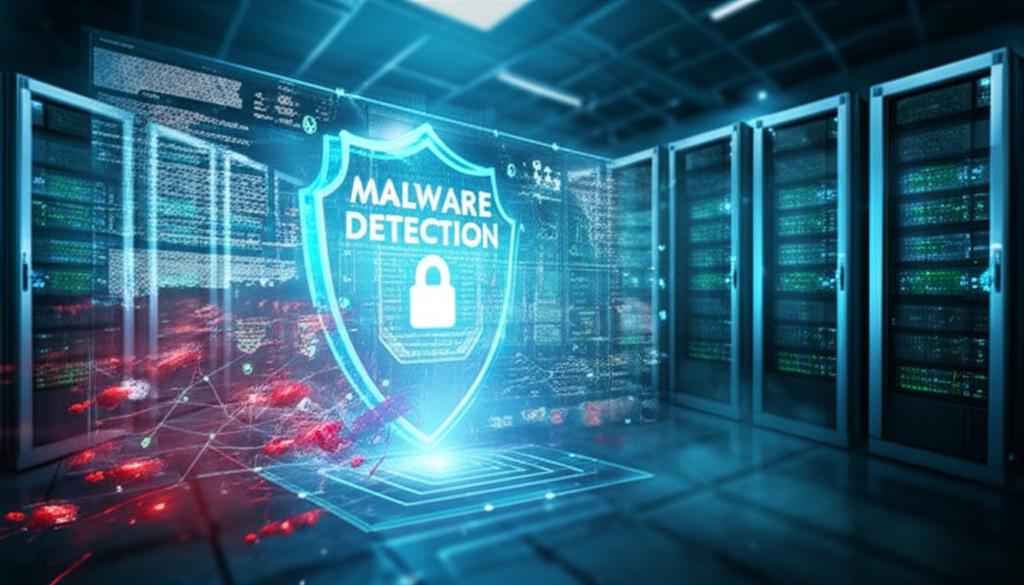Unlocking Superior Malware Detection: Advanced Techniques & Essential Technologies
In today’s interconnected digital landscape, the threat of malware is omnipresent and ever-evolving. From ransomware locking down critical systems to insidious spyware stealing sensitive data, malicious software poses a significant challenge for individuals and organizations alike. Effective malware detection isn’t just a best practice; it’s a critical component of a robust cybersecurity posture. This comprehensive guide delves into the advanced techniques and essential technologies vital for identifying and neutralizing these digital threats.
Understanding the Evolving Malware Landscape
Before exploring detection methods, it’s crucial to grasp the sophistication of modern malware. Threats are no longer simple viruses; they are complex, polymorphic, and often designed to evade traditional defenses. Key characteristics include:
- Polymorphism and Metamorphism: Malware that changes its signature with each infection to bypass signature-based detection.
- Stealth Techniques: Rootkits and bootkits that hide their presence deep within operating systems.
- Zero-Day Exploits: Attacks that leverage newly discovered vulnerabilities before a patch is available.
- Fileless Malware: Operating in memory, leaving no traces on disk, making forensic analysis challenging.
Core Malware Detection Techniques
Effective detection relies on a layered approach, combining multiple techniques to catch various types of threats.
1. Signature-Based Detection
This is the oldest and most straightforward method. Antivirus software scans files for specific patterns (signatures) that match known malware. Each signature is like a unique digital fingerprint.
- Pros: Highly effective against known threats, low false positives, fast scanning.
- Cons: Ineffective against new (zero-day) or polymorphic malware that lacks a known signature. Requires constant updates to the signature database.
2. Heuristic-Based Detection
Instead of relying on exact signatures, heuristics analyze a file’s code for suspicious characteristics, behaviors, or commands that are commonly found in malware. It uses rules and algorithms to identify potential threats.
- Pros: Can detect new and unknown malware (zero-day threats) that signature-based methods miss.
- Cons: Higher potential for false positives, may require more system resources.
3. Behavioral Analysis (Dynamic Analysis)
This technique involves observing a program’s behavior in a controlled environment, such as a sandbox, to see if it exhibits malicious actions. If a program tries to modify critical system files, connect to suspicious domains, or encrypt data, it’s flagged as malware.
- Sandboxing: An isolated virtual environment where suspicious files are executed without risking the host system.
- Pros: Excellent for detecting new and fileless malware, polymorphic threats, and understanding malware’s true intent.
- Cons: Can be resource-intensive, sophisticated malware might detect and evade sandbox environments.
4. Machine Learning and Artificial Intelligence (AI/ML)
AI and ML algorithms are revolutionizing malware detection. They can analyze vast amounts of data (file features, network traffic, system calls) to identify anomalies and predict malicious activity based on learned patterns, even from unseen threats.
- Anomaly Detection: Identifying deviations from normal system or network behavior.
- Predictive Analysis: Using trained models to classify files or activities as benign or malicious.
- Pros: Highly adaptive, can detect complex and previously unknown threats with high accuracy, reduces human intervention.
- Cons: Requires large datasets for training, susceptible to adversarial attacks, can be computationally expensive.
5. Reputation-Based Detection
This method leverages community intelligence and trusted sources to determine the reputation of files, URLs, and IP addresses. If a file or domain is known to be associated with malicious activity, it’s blocked or flagged.
- Pros: Fast, effective for identifying known bad actors, leverages collective intelligence.
- Cons: Can be slow to react to new threats, may block legitimate resources if compromised.
Essential Technologies for Malware Detection
These techniques are implemented through a variety of cybersecurity technologies, often working in concert.
1. Endpoint Detection and Response (EDR)
EDR solutions continuously monitor and collect data from endpoints (laptops, servers, mobile devices) to detect, investigate, and respond to threats. They provide deep visibility into endpoint activity, crucial for behavioral analysis and incident response.
2. Next-Generation Antivirus (NGAV)
Going beyond traditional signature-based AV, NGAV incorporates machine learning, behavioral analysis, and exploit prevention to protect endpoints from a broader range of threats, including zero-days and fileless attacks.
3. Security Information and Event Management (SIEM)
SIEM systems aggregate and analyze security logs and event data from various sources across an IT infrastructure. They correlate events to identify patterns indicative of a breach or malware infection, facilitating threat detection and compliance.
4. Network Intrusion Detection/Prevention Systems (NIDS/NIPS)
These systems monitor network traffic for suspicious activity or known attack patterns. NIDS detect and alert, while NIPS can actively block malicious traffic in real-time.
5. Threat Intelligence Platforms (TIPs)
TIPs consolidate and manage threat intelligence feeds from various sources, providing actionable insights into emerging threats, attacker tactics, techniques, and procedures (TTPs). This intelligence enhances proactive detection capabilities.
6. Cloud-Native Security Solutions
Leveraging the scalability and processing power of the cloud, these solutions offer advanced threat detection, sandboxing, and AI/ML analysis for cloud workloads, SaaS applications, and network traffic.
The Future of Malware Detection: A Proactive Stance
As malware becomes more sophisticated, detection must evolve beyond reactive responses. The future lies in:
- Proactive Threat Hunting: Actively searching for threats within networks, rather than waiting for alerts.
- Zero Trust Architectures: Assuming no user or device is trustworthy, requiring strict verification for every access attempt.
- Automated Orchestration and Response: Using Security Orchestration, Automation, and Response (SOAR) platforms to automate threat investigation and remediation workflows.
- AI-Powered Predictive Security: Anticipating and preventing attacks before they manifest, using advanced analytics to identify potential vulnerabilities and attack vectors.
Conclusion
Malware detection is a continuous battle requiring vigilance, adaptability, and a multi-faceted strategy. By understanding the core techniques—from signature and heuristic analysis to behavioral and AI-driven methods—and implementing essential technologies like EDR, NGAV, and SIEM, organizations can build a robust defense. Staying ahead of cybercriminals demands a proactive, layered security approach, ensuring that your digital assets remain secure against the ever-evolving landscape of malicious software.







